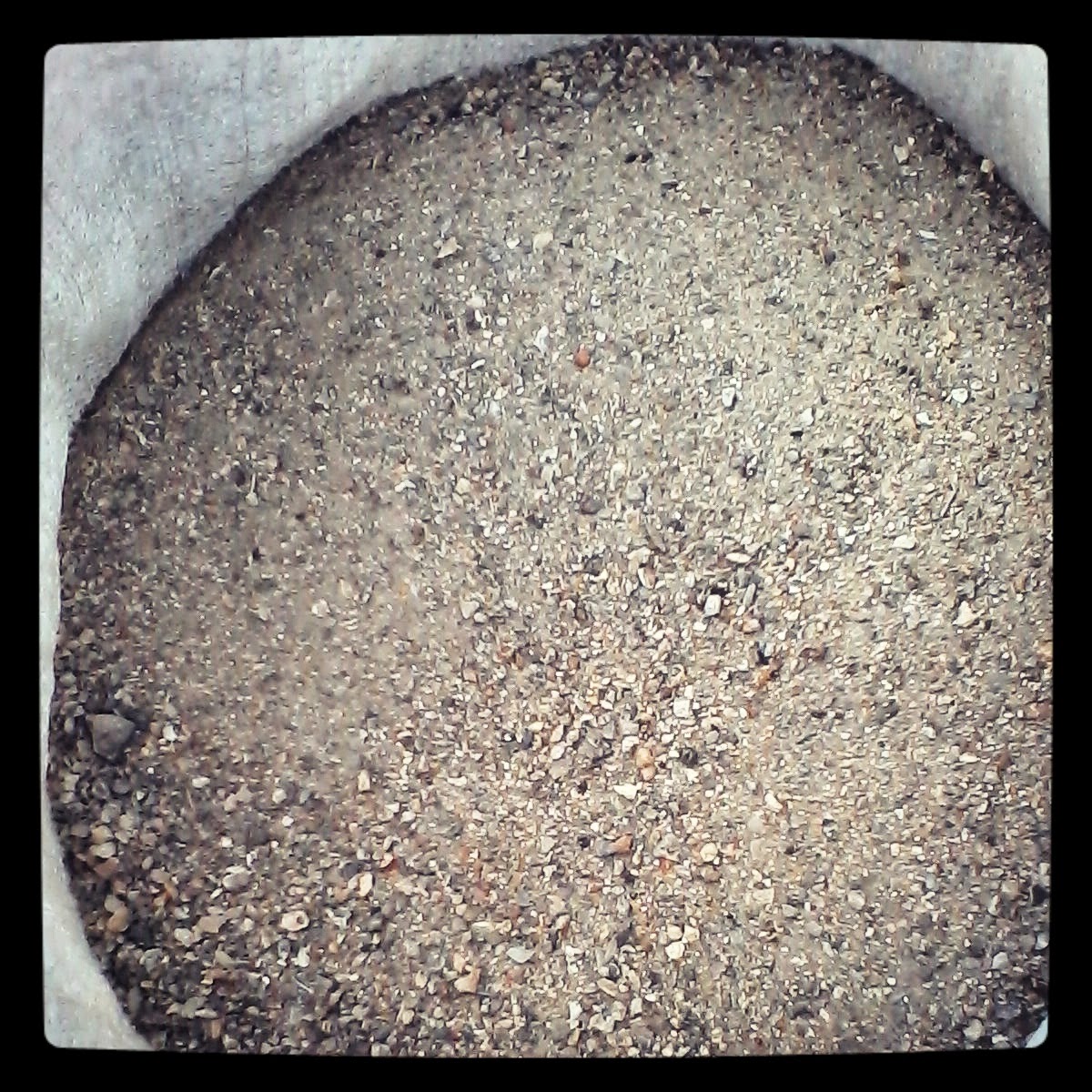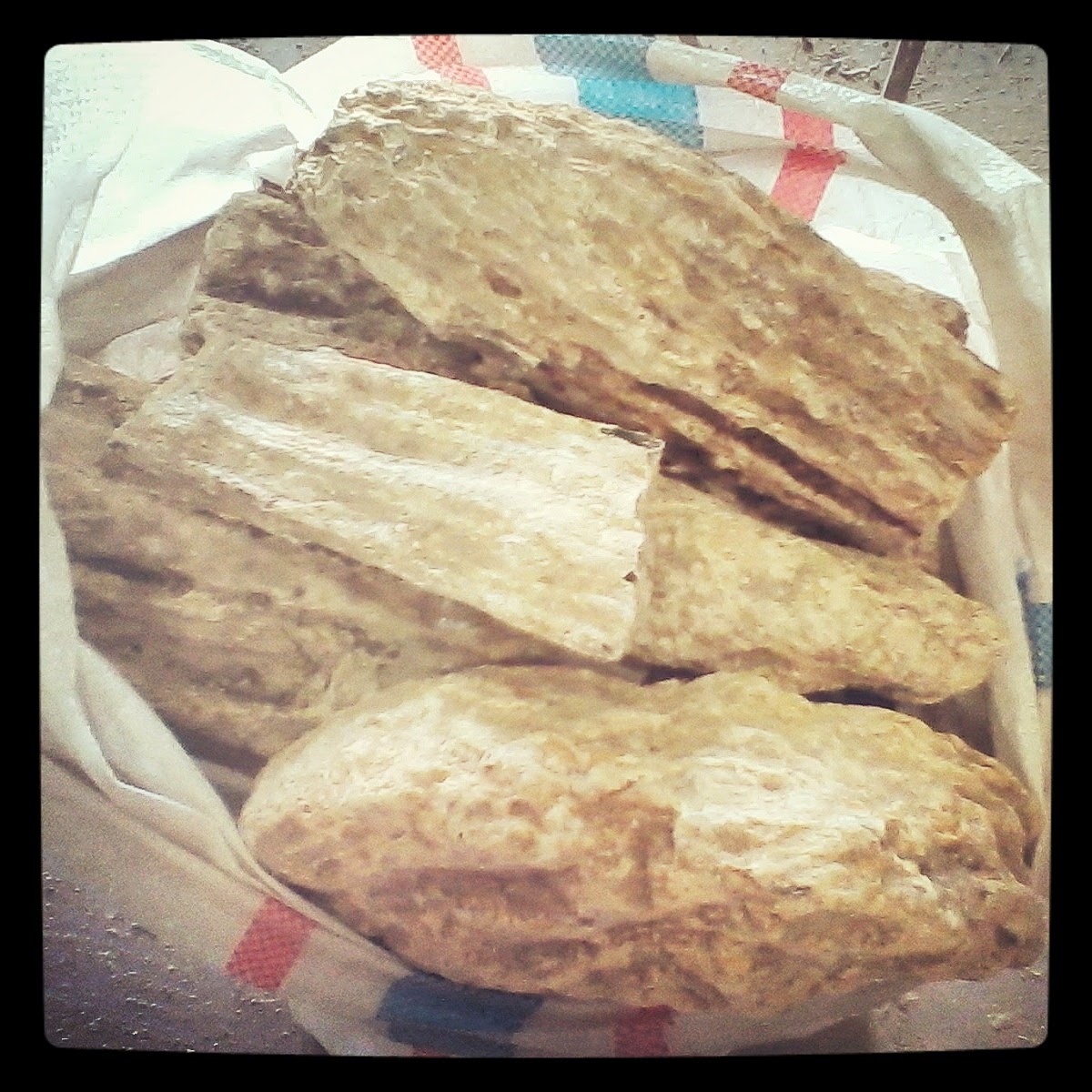


Locally adapted maize accessions (landraces) represent an untapped resource of nutritional and resistance traits for breeding, including the shaping of distinct microbiota. Finally, Vitamaize should be used as a fortified food for rural populations that grow corn for self-consumption. In conclusion, the metabolic differences are caused by all introgressed genes and not only by those responsible for expressing the accumulation of anthocyanins. Even the converted lines from QPM CMLs lost that trait. Therefore, there was no metabolic difference due to the introgression of anthocyanin expressing genes, although it happened via the visual selection of the pigmented grains. Besides, the VMLs did not inherit the QPM trait. However, this did not happen with all pigmented grains. Some metabolites, such as hexoses and trigonelline, increased in the pigmented versions. The following experiments evaluated if other changes occurred when introducing the anthocyanin accumulation trait. The wide diversity of grain coloration was due to two or more pigmented tissues in the same seed, such as the pericarp and the endosperm tissues, respectively. Besides, this thesis includes biochemical studies such as the carotenoid profile, the total quantity of anthocyanins, and the evaluation of the protein quality trait (QPM) through the quantification of lysine and tryptophan.Į3E4 and the VMLs showed differences in the profiles of soluble amino acids, hexoses, phenolamides, and anthocyanins compared to pigmented landraces. The metabolic research started with analyses by direct-infusion mass spectrometry (DIMS), including fragmentation techniques for metabolite identification. Those ears came from a cross between CMLs and their pigmented offspring, the VMLs. The latter was executed by comparing differently pigmented grains from the same ear. The third experiment consisted of eliminating the environmental variation from the previous experiment. This experiment’s objective was to test whether the introgression of genes for a blue phenotype produced modifications in the metabolism. The second experiment was a comparative analysis between Vitamaize lines and their parental CMLs. In the first experiment, landraces were compared with Vitamaize lines and E3E4 to find differences in the metabolism in grains of different colors.
#THESSA POWDER SERIES#
The development of these new lines generated a new question: Is the introgression of alleles for a pigmented aleurone phenotype accompanied by metabolism differences? To answer this question, a series of experiments were performed. A new open-pollination variety (OPV), E3E4, was developed from the VMLs for food production. The project produced new pigmented lines named ‘Vitamaize lines’ (VMLs). The new lines were generated through a backcrossing process of CIMMYT elite lines (CMLs) with a pigmented aleurone landrace as a tester parent.

The Vitamaize project developed new lines of pigmented corn with better yields. This review intends to disclose and integrate the existing knowledge regarding maize flavonoid pigmentation and its relevance in the human health sector.
#THESSA POWDER UPDATE#
Finally, we also include an update of the biological activities of C3G, the major maize anthocyanin, including anticancer, antidiabetic, and antioxidant effects, among others. The study of transcription factors of the MBW complex is fundamental for understanding how the flavonoid profiles generate a palette of colors in the plant tissues.

The second section explains the tissue accumulation and regulation of flavonoids by environmental factors affecting the expression of the MYB-bHLH-WD40 (MBW) transcriptional complex. Four genes are common biosynthetic early genes for flavonoids, and fourteen are specific genes for the flavonoid subgroups, the anthocyanins, and flavone C-glycosides. The first three genes participate in the general phenylpropanoid pathway. We describe a total of twenty-one genes for the flavonoid pathway of maize. In the first section, we include updated information about the enzymatic pathway of maize flavonoids. In this review, we decided to organize the information about maize flavonoids into three sections. Moreover, flavonoids are well known for their beneficial effects on human health. Maize is one of the most important crops for human and animal consumption and contains a chemical arsenal essential for survival: flavonoids.


 0 kommentar(er)
0 kommentar(er)
